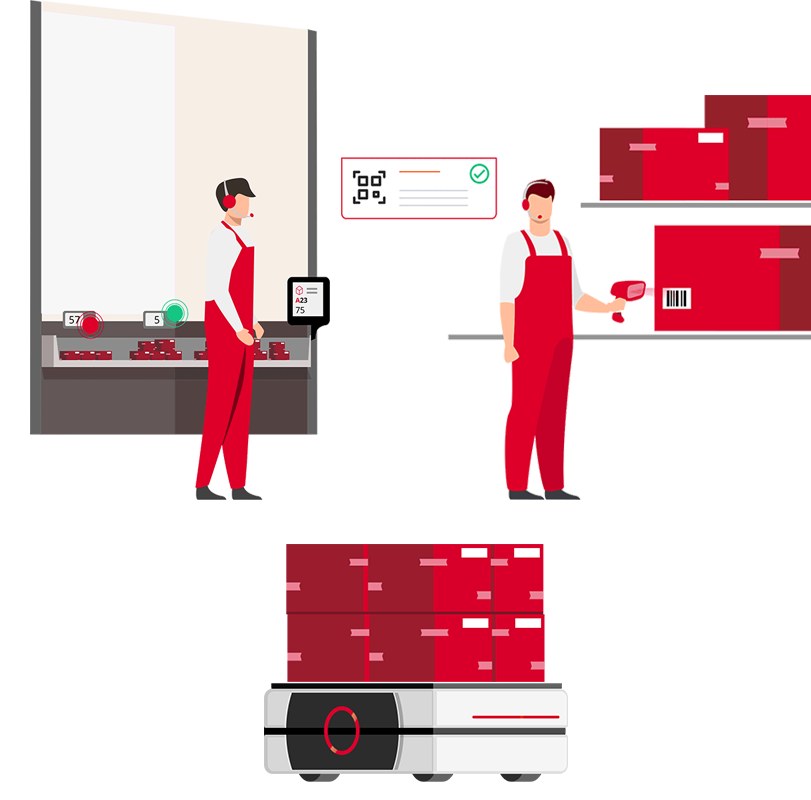Case History

Via Risorgimento, 9,
23826 - Mandello del Lario - LC
Tel: +39 0341 706111
www.cemb.com
Cemb Spa
Mechanical industry
CEMB designs, manufactures and exports horizontal and vertical balancing machines worldwide, and also manufactures fully automatic high-performance machines for the automotive sector.
In 1946, Eng. Luigi Buzzi designed the first balancing machine: an avant-garde solution, covered by patent.
In 1977, on the threshold of that information technology revolution destined to profoundly change production and management processes, Eng. Carlo Buzzi gives impetus to new projects based on the latest digital technologies.
Microprocessor applications for the automated management of balancing machines were born.
Integrated technologies:
Logistics Experience
Watch the video

